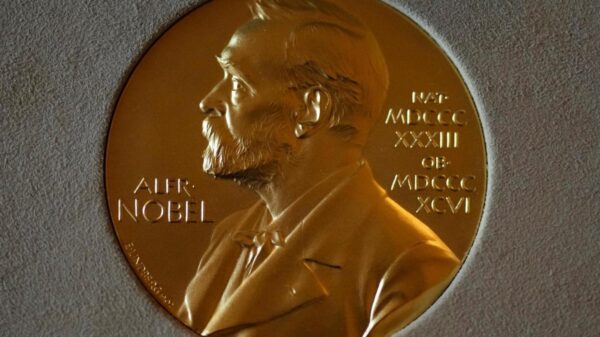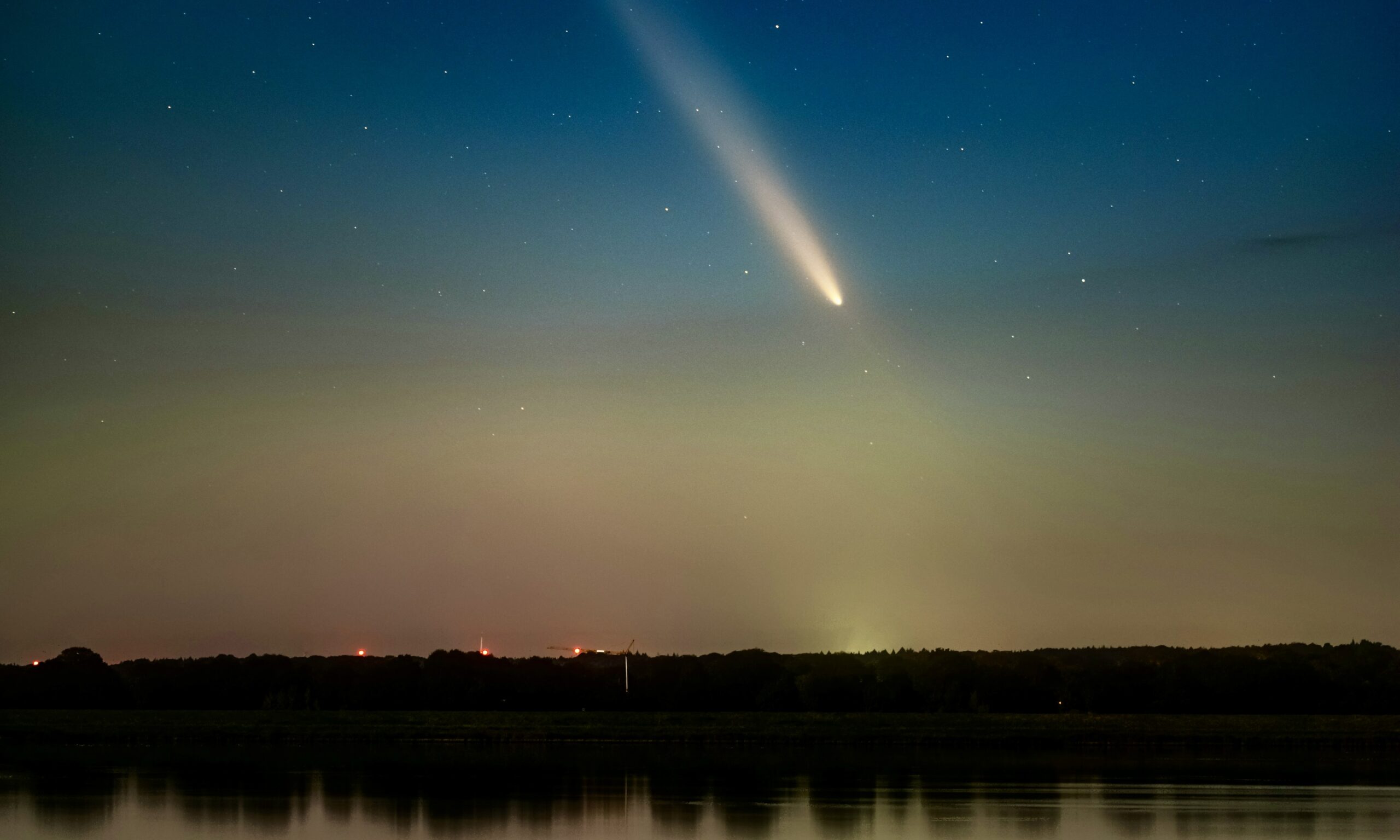A prominent plasma physicist has generated significant discussion within the astronomical community by asserting that the interstellar object 3I/ATLAS is currently visible rather than obscured behind the Sun. In a recent post on X (formerly Twitter), Dr. John Brandenburg stated, “Object 3I ATLAS had an apparent jet exhaust towards the Sun in September, producing a braking effect. This has now apparently reversed.” His remarks directly challenge previous claims that the object was hidden from view as it passed behind the Sun.
Several sources had reported that “3I/ATLAS is behind the Sun from Earth… it can’t be seen in Earth’s sky” at this time. Brandenburg’s assertion suggests that the object may not be entirely concealed and merits further investigation. Discovered by the ATLAS survey, 3I/ATLAS is the third known interstellar object and has attracted heightened scientific interest due to its unique characteristics.
Unusual Activity and Visibility Controversy
Research published in the article “Spying Interstellar Comet 3I/ATLAS Near Perihelion” highlights the object’s intriguing trajectory, composition, and activity. Notably, it seems to have exhibited signs of activity much earlier than anticipated, with indications of volatile sublimation occurring at distances greater than typical for Solar System comets. Observers have noted a peculiar sunward “anti-tail” plume, suggesting material is being ejected toward the Sun, which is atypical for comet behavior.
3I/ATLAS is expected to reach its perihelion, or closest approach to the Sun, on approximately October 29, 2025, at a distance of about 1.36 AU from the Sun. The revelation that this interstellar comet might be visible has created a divide among astronomers and space enthusiasts. Some argue that the object remains lost in solar glare, while others, inspired by Brandenburg’s observations, suggest that the comet’s unusual jet activity or plasma interactions could have made it bright enough to detect using specialized instruments.
If these claims are validated, it would indicate that 3I/ATLAS is behaving in unexpected ways, potentially shedding more dust and gas than previously thought or even generating its own electromagnetic effects that could be observed through space-based telescopes. Such behavior would mark it as the first interstellar comet observed under near-solar conditions in real-time, enhancing its status as only the third confirmed object from outside our Solar System.
Scientific Implications and Future Observations
The ongoing debate extends beyond mere visibility to include how interstellar objects interact with solar radiation and magnetic fields. Given his background in plasma physics, Brandenburg’s assertion carries weight, particularly regarding the object’s “apparent jet exhaust” that may have influenced its motion and made it more detectable.
If 3I/ATLAS’s brightness has indeed increased due to these jets, it could imply that its surface or composition contains materials sensitive to solar heat. Such reactions might create powerful bursts of energy, potentially altering the object’s trajectory slightly. Astronomers at various institutions monitoring its path will be keen to see if new data from solar-tracking instruments can confirm these dynamics.
In the upcoming weeks, as 3I/ATLAS moves further from the Sun’s glare, it should become easier to observe with both ground-based and orbital telescopes. This window presents a critical opportunity to determine whether Brandenburg’s claim of visibility withstands scientific scrutiny. Should images or spectroscopic readings confirm that the interstellar object remains visible even during conjunction, it could revolutionize how astronomers study near-solar phenomena and interstellar visitors.
For now, excitement surrounds the unknown aspects of 3I/ATLAS. Whether it is seen through the Sun’s haze or emerging from it, this cosmic wanderer continues to defy expectations. Coupled with Brandenburg’s provocative insights, its unusual behavior ensures that 3I/ATLAS remains at the forefront of one of astronomy’s most captivating debates.





































































